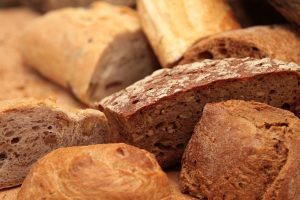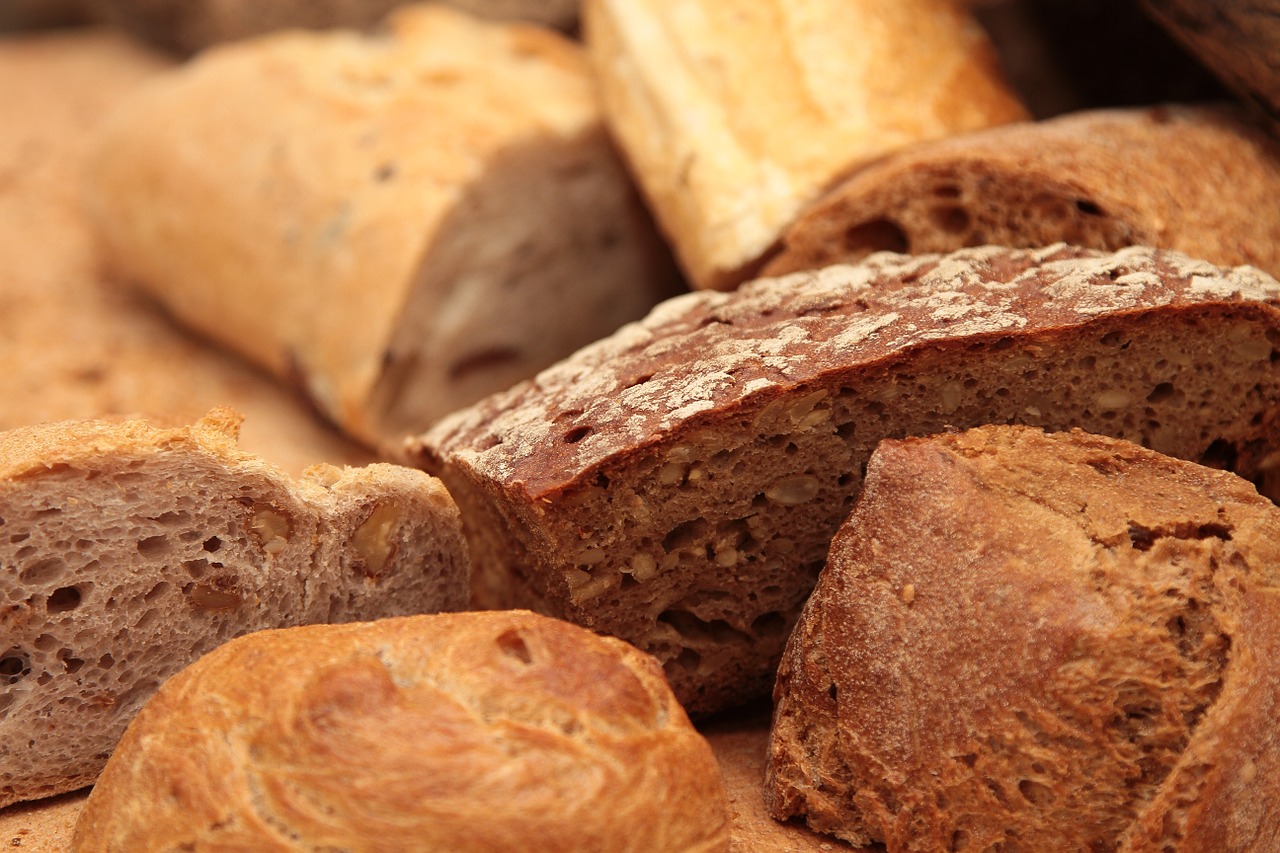
This week we read the parsha of Emor. “Emor {Speak} to the Kohanim… [21:1]” and teach them the special laws which pertain only to them. They who had the lofty responsibility of the Divine Service in the Temple needed to elevate themselves accordingly with additional restraints from the physicality of this world.
Our parsha also details the different holidays of the Jewish year [23:1-44], encompassing the Shalosh Regalim {Pesach, Shavuos and Sukkos-the three holidays whereupon the nation would ascend to the Temple} along with their specific mitzvos and the High Holy Days.
Our parsha then moves on to repeat the commands to kindle the lights of the Menorah and to place the special breads (called Lechem Hapanim) onto the Table of the Temple [24:1-9]. We need to understand why these commandments are being repeated and why the place for this repetition is adjacent to the holidays.
Many different explanations are offered. Rashi writes that previously we had been commanded about the construction of the Mishkan and the role that the Menorah would play. Now we are first being commanded to actually kindle that Menorah.
The S’forno explains that a certain amount of oil and flour had been brought to Moshe when the original donations had been given for the Mishkan. Once that supply had become depleted the command was given for them, and each subsequent generation, to bring the oil and flour that would be needed.
In regard to the connection between these commandments and the holidays, a number of fascinating explanations are offered. The Ramban, on an earlier mention of the kindling of the Menorah in the Mishkan, wrote that it served as a hint to the holiday of Chanukah and the lighting of its Menorah. Based on that some explain that the command of the kindling if the Menorah is written immediately after the holidays to hint that an additional holiday, the lights of Chanukah, will be established later in the course of our history.
The Ohr HaChaim writes that the Menorah is written specifically after Sukkos-the holiday where we remember and relive the Clouds of Glory that surrounded and protected us as we traveled out of Mitzrayim {Egypt} and through the wilderness. Just as those clouds obliterated the sunlight-we had no need for that light as our path was lit by the light of Hashem-so too the light of the Menorah outshone the sunlight, serving as testimony to the light of Hashem which illuminates the world.
The Talmud [Chagigah 26B] reveals a connection between the special bread of the Mishkan’s table and the holidays. Raish Lakish teaches that the table and its bread were held up before those who had come to the Temple on the Shalosh Regalim. This bread was placed on Shabbos and remained there until the next Shabbos when it was replaced with new bread. It miraculously remained as warm and fresh when it as removed as it had been when it was originally placed. It was held up to serve as testimony to the warm and fresh love that Hashem felt toward His nation.
The holidays and the trips to the Temple served as spiritual highpoints which were meant to carry us through the trials and tribulations of the entire year. Just as the bread kept its warmth from week to week, we too needed to keep the spirituality warm from holiday to holiday.
Why was the bread chosen to teach this lesson as opposed to any of the other many mitzvos of the Temple?
Perhaps a better understanding of these twelve loaves of bread is necessary. Rav Shimshon Raphael Hirsch zt”l writes that the Table and bread of the Mishkan were metaphoric expressions of nourishment, enjoyment and material prosperity. As such, they taught us the way to deserve and maintain this prosperity.
The loaves were flat with upturned ends. These bent up ends covered a surface equal to that of the base of the loaf. A total of twelve loaves were arranged on the table in stacks of six each. The two bottom loaves covered the entire table and the two sides of each loaf rose to support the loaf directly above it.
With this shape, each loaf gave as much space toward supporting another loaf as it gave toward its own base. This clearly is the basic condition for prosperity. Each individual acquiring and possessing wealth for the sake of others as much as for his own sake. This same concept is also symbolized by the two esronim (a measurement) of flour used for each loaf. One esaron was the daily ration bestowed upon each person when the manna came down. As such, two esronim contain the daily requirements of oneself and an additional person.
The loaves were baked in pairs and were stacked in two piles. The Oznayim L’Torah writes that these twelve loaves represent the twelve tribes. One stack of six represented the six sons of Leah and the other represented the sons of Rachel, Bilhah and Zilpah. Each of the tribes had different personalities, temperaments and ideas yet they were all united on this table. Looking past their differences they held each other up, being equally concerned for the other as they were for themselves.
The holidays are a time for reflection on the blessings that Hashem has bestowed upon us as a nation and as individuals. Perhaps the way to keep those feelings warm throughout the year is to, in turn, bestow those blessings onto others.
To carry with us the lesson of the bread…
Good Shabbos,
Yisroel Ciner
Copyright © 1998 by Rabbi Yisroel Ciner and Project Genesis, Inc.
The author teaches at Neveh Tzion in Telzstone (near Yerushalayim).


